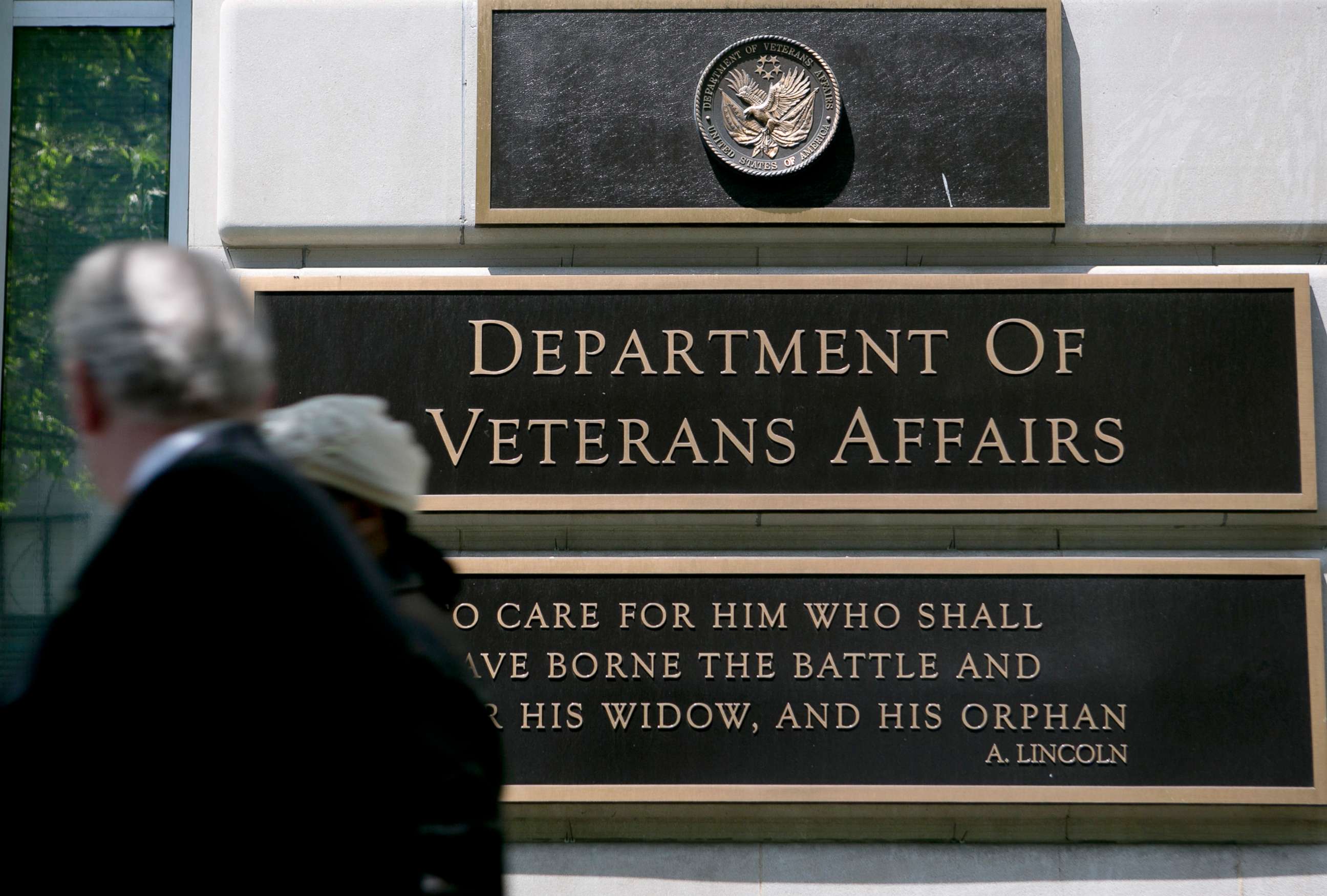'Paperwork stacked five miles high': VA medical facilities suffer patient info logjam
Infrastructure issues have stalled the VA's advancement into the digital age.
A report from the Office of Inspector General reveals a widespread backlog of patient information in veterans’ medical facilities.
Stacks of patient records in VA healthcare facilities have accumulated to the point where if all of the documents were stacked up, they would create a paper tower reaching about 5.15 miles high, according to the Health Information Management Medical Documentation Backlog report.
The documents are supposed to be scanned and digitized as Electronic Health Records, but a recent audit shows that process is not happening quickly or efficiently.
The push to digitize VA medical records accelerated in 2015 when 23.5 million veterans’ health records were transferred to a shared data center with the Department of Defense. That initiative was supposed to be the start of the new era of seamless electronic record-keeping for VA facilities.
Yet infrastructure issues and a growing backlog of veterans’ records have stalled the VA's advancement into the digital age.

In June 2018, President Donald Trump signed the VA Maintaining Internal Systems and Strengthening Integrated Outside Networks (MISSION) Act. The legislation was designed to expand community care for veterans from non-VA facilities.
But the act also raised concerns about a backlog of medical documentation, which could make it harder for veterans to get diagnosed and treated.
As of July 19, 2018, VA medical facilities had a “cumulative medical documentation backlog of paper documentation that ... contained at least 597,000 individual electronic document files dating back to October 2016,” the inspector general's report said.
Among its key findings, the report says that facilities suffering from patient information backlogs:
The audit was performed via an on-site assessment of eight facilities and interviews performed at 78. The inspector general outlined several recommendations to help VA facilities navigate the backlog that include establishing policies formally defining “medical document backlogs;” implementing formal controls to monitor backlogs; assessing scanning processes; and obtaining the necessary resources within scanning departments.




